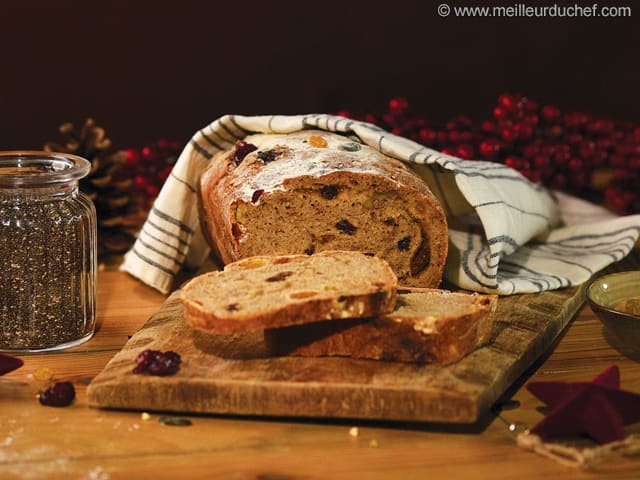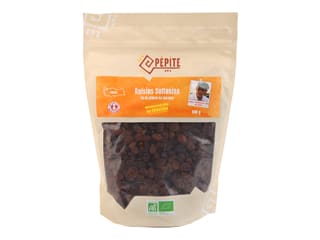Your basket
All items are in stock.
Some items are not in stock. Restocking around if you validate today.
Some of your items are not in stock.
Some of your items are not available. Please remove them from your basket.
✓
In stock
Soon available. Only in stock.
Expected on . Only in stock.
On order. Only in stock.
Limited stock. Only in stock.
Sold out.Only in stock.
Available soon.Only in stock.
On quotation.Only in stock.
(-#%)
#
#
#
Free
UNBEATABLE PRICE:
Discount code
Total discount
Subtotal (VAT incl.) (VAT excl.)
Voucher deduction
Spend more until free delivery (mainland France only).
Free delivery to metropolitan France

















The recipe states that only 50g of the fermented flour is to be used in the dough. 50g is about 1/2 the weight of the ingredients (104g). Is this correct? The bread, after baking, tasted good but was quite dry. Should I have used all 104g of the fermented flour in the dough? Or perhaps less flour, more water, or less baking time?
Thank you in advance for your help.
Also, in the U.S., the word for the container of the stand mixer is the BOWL. All your recipes use the word RECIPIENT, which is not quite the same in English.